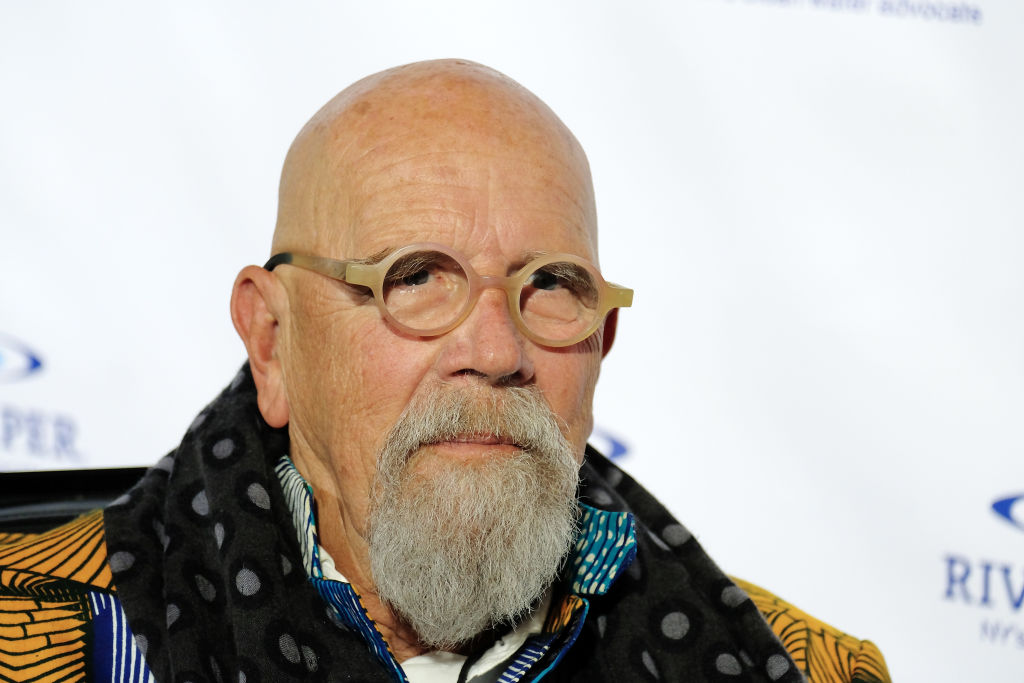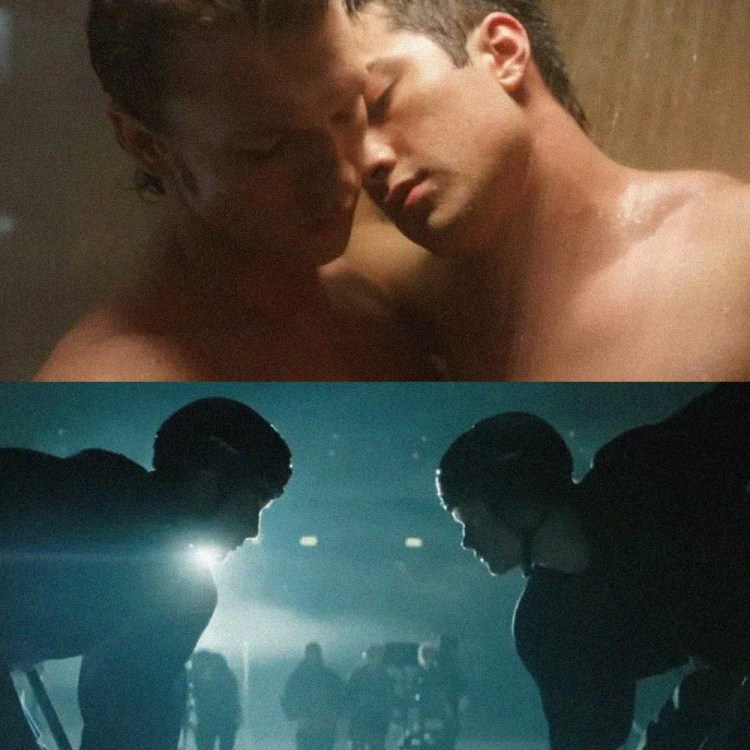Many artists leave a complicated legacy behind them after they’ve died. When it comes to Chuck Close, known for his massive works of portraiture, that maxim is especially true. The New York Times reports that Close died at the age of 81 on Thursday as a result of cardiopulmonary failure. He leaves behind an impressive array of work.
Portraiture was Close’s preferred approach to painting over the years. Writing for The Art Newspaper in 1998, David D’Arcy wrote that, over time, “Close’s technique has changed from photo-realist air-brushing to collage, dot-painting, and more recently, to thickly painted grids.”
Writing in The Guardian about Close’s work in 2014, Andrew Frost noted “how it anticipated and embodies the transition from an analogue take on art to the digital, all-at-once aesthetic of the contemporary world.” Frost also observed that “[t]he evolution of Close’s work through analogue techniques of photography, painting and printmaking has led ultimately to a collusion between the artist’s creative process and new media.”
Close’s technique changed after he was paralyzed following a burst artery in 1988. The period that followed found him learning to paint in a significantly different manner than before, though his areas of interest remained the same. The artist also spoke about having been diagnosed with both dyslexia and prosopagnosia over the course of his life. In 2015, he was also diagnosed with frontotemporal dementia.
Close’s legacy is not without controversy, of course. Four years ago, a number of women came forward to accuse Close of inappropriate behavior and sexual harassment. In an interview with The New York Times at the time, Close “acknowledged that he has spoken to women candidly and even crudely about their body parts,” according to reporter Robin Pogrebin. He also offered what could be termed as a qualified apology, saying, “If I embarrassed anyone or made them feel uncomfortable, I am truly sorry, I didn’t mean to. I acknowledge having a dirty mouth, but we’re all adults.”
In 2017, RealClearLife, which is now archived on InsideHook, had the opportunity to document one of Close’s final large-scale projects, a series of mosaic portraits in the NYC subway system. You can watch that award-winning video below.
Thanks for reading InsideHook. Sign up for our daily newsletter and be in the know.














